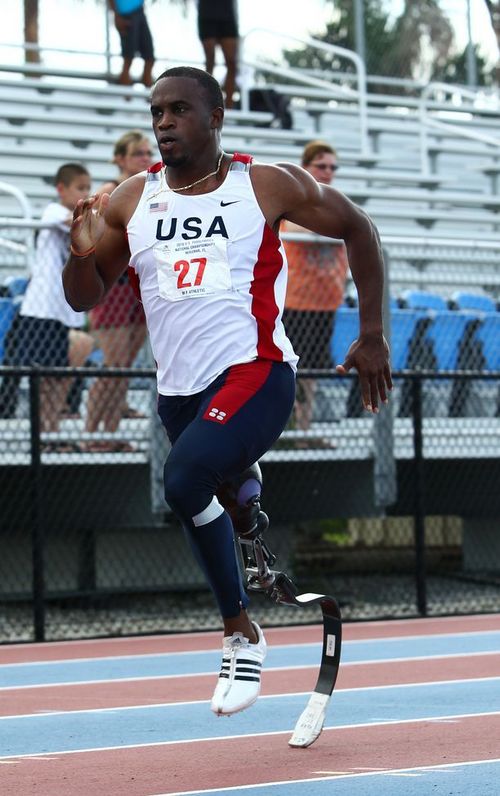Get fit with our Amputee Exercises
Created by ABR Athletes for future ABR Athletes
Get fit with our Amputee Exercises
Created by ABR Athletes for future ABR Athletes



Building a strong core and excellent balance is absolutely essential in becoming an amputee athlete.
Our core is everything that isn’t our arms or legs. The core is fundamental in carrying out any movement. It is where our power is generated and it what gives us balance and stability. While we think of the core being made up of abdominal muscles, the core includes our hips, glutes and pelvic floor.
The number one thing that has made me most functional as a leg amputee is a strong core and the ability to engage my core while preforming, not only exercises in the gym, but my daily functions.
The exercises under core section are some basic exercises that will strengthen your abdominal, hip flexor muscles and back muscles. They will also improve your stability and balance.
AKA & BKA
Our hips are made up of 4 muscle groups.
Anterior muscle groups is responsible for activities such as sitting up, kicking a ball, and lifting a leg to climb a ladder.
The posterior muscle group is made up of the muscles that extend (straighten) the thigh at the hip. These muscles include the gluteus maximus muscle (the largest muscle in the body) and the hamstrings group. Climbing stairs, standing, walking, and running are all activities that require strong contractions from the posterior muscle group to extend the leg.
The adductor muscle group, also known as the groin muscles, is a group located on the inside side of the thigh. These muscles move the thigh toward the body’s midline.
The abductor muscle group is located on the lateral side of the thigh and moves the thigh away from the body’s midline.
Strong hip and glute muscles are essential in helping amputees have good control of the prosthetic side. Exercises that work the hips and glutes independently are necessary to build muscle balance.
AKA & BKA
BKA
Our leg muscles are all the muscles from our hips to our foot. The exercises in the leg section are mostly building the hips, glutes, quads and hamstrings. The best exercises to develop muscle balance and less compensation of the sound leg are ones that work each leg unilaterally. Exercises that work the legs individually force you to be more dependent on the prosthetic side and compensate less with the sound leg. They will be difficult to master and might not have perfect form on the prosthetic side, but will pay of big in your everyday functioning, with high level activities and running.
The exercises in the leg and agility group will help you with balance, agility, over all leg strength, get you better able to commit to the prosthetic side and have better control of the prosthetic leg.